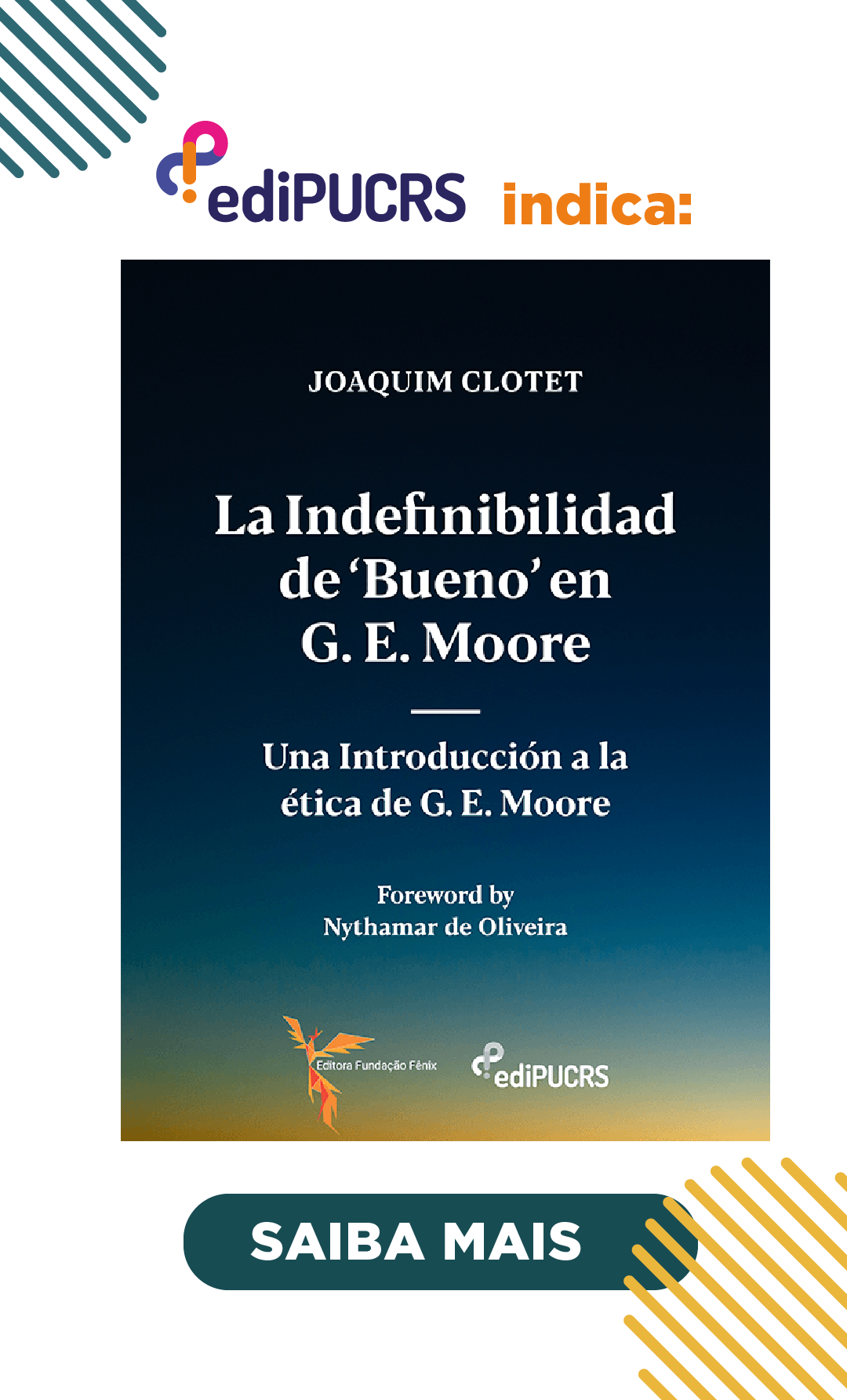The Mosaic of Bernard – Cause and Effect in Functional Biology
DOI:
https://doi.org/10.15448/1984-6746.2014.3.16231Keywords:
Explanatory heteronomy. Causal invariants. Causal laws. James Woodward.Abstract
In accordance with a widespread point of view, aligned with the nomological conception of causal explanation, functional biology is subjected to a regime of explanatory heteronomy under which organic phenomena should be explained by using laws of physics and chemistry. Against this perspective, the experimental conception of causation allows us to understand the nature of many biological explanations that, without make any reference to causal laws – physical, chemical or of other nature –, are legitimized because they permit the experimental control of phenomena that have to do with the functioning and development of organisms. These explanations involve local invariants that often, but not necessarily, may be characterized as instances of physical and chemical laws.
Downloads
References
BAEDKE, J. Causal Explanation beyond the Gene: Manipulation and Causality in Epigenetics. In: Theoria 74, (2012), p. 153-174. DOI: https://doi.org/10.1387/theoria.4073
BECHTEL, W. Mechanism and Biological Explanation. In: Philosophy of Science 78 (2011), p. 533-557. DOI: https://doi.org/10.1086/661513
BERNARD, C. Introduction a l’étude de la Médicine Expérimentale. Paris: Flammarion, 1984 [1865].
CAPON I, G. El concepto de presión selectiva y la dicotomía próximo remoto. In:Aurora 25(36), (2013), p. 197-216. DOI: https://doi.org/10.7213/revistadefilosofiaaurora.7771
CARTWRIGHT, N. How the Laws of Physics Lie. Oxford: Oxford University Press, 1983. DOI: https://doi.org/10.1093/0198247044.001.0001
_____.. The Dappled World. Cambridge: Cambridge University Press, 1999.
CRAVER, C. Structure of Scientific Theories. In: MACHAMER, P.; SILBERSTEIN, M. (eds.). The Blackwell Guide to Philosophy of Science. Oxford: Blackwell, 2002, p. 55-79. DOI: https://doi.org/10.1111/b.9780631221081.2002.00006.x
CRAVER, C. Explaining the Brain. Oxford: Clarendon Press, 2007. DOI: https://doi.org/10.1093/acprof:oso/9780199299317.001.0001
DARDEN, L.; MACHAMER, P.; CRAVER, C. Thinking about Mechanisms. In: DARDEN, L. (ed.). Reasoning in Biological Discoveries. Cambridge: Cambridge University Press, 2006, p. 13-39.
DELSOL, M. & PERRIN, L. Médecine et Biologie: quelle logique? Paris: Masson, 2000.
DUTRA, L. A epistemologia de Claude Bernard. Campinas: CLE-UNICAMP, 2001.
ELSASSER, W. Reflections on a Theory of Organism. Baltimore: John Hopkins University Press, 1987.
FUTUYMA, D.; BENNETT, A. The Importance of Experimental Studies in Evolutionary Biology. In: GARLAND, T.; ROSE, M. (eds.). Experimental Evolution: Concepts, Methods, and Applications of Selection Experiments. Berkeley: University of California Press, 2009, p. 15-30. DOI: https://doi.org/10.1525/california/9780520247666.003.0002
GLENNAN, S. Mechanisms. In: BEEBE, H.; HITCHCOCK, C.; MENZIES, P. (eds.). The Oxford Handbook of Causation. Oxford: The Oxford University Press, 2009, p. 315-325. DOI: https://doi.org/10.1093/oxfordhb/9780199279739.003.0016
GILBERT, S. Biologia do desenvolvimento. Ribeirão Preto: Sociedade Brasileira de Genética, 1994.
GOLDSTEIN, K. La structure de l’organisme. Paris: Gallimard, 1951.
GOODFIELD, J. El desarrollo de la fisiología científica. México: UNAM, 1987.
GRADMANN, C. Maladies expérimentales: les expériences sur l’animal aux débuts de la Bacteriologie médicale. In: GACHELIN, G. (ed.). Les organismes modèles dans la recherche médicale. Paris: PUF, 2006, p. 75-94.
HEMPEL, C. La explicación científica. Buenos Aires: Paidos, 1979 [1965].
HULL, D. Historical Entities and Historical Narratives. In: HOOKWAY, C. (ed.). Minds, Machines & Evolution. Cambridge: Cambridge University Press, 1986, p. 17-42.
KUHN T. The Essential Tension. Chicago: Chicago University Press, 1977.
LORENZANO, P. Leyes fundamentales y leyes de la Biología. Scientiae Studia 5:2, (2007), p. 185-214. DOI: https://doi.org/10.1590/S1678-31662007000200004
LUBCHENCO, J.; REAL, L. Manipulative Experiments as Tests of Ecological Theory. In: REAL, L.; BROWN, J. (eds.): Foundations of Ecology. Chicago: The University of Chicago Press, 1991, pp. 715-733.
MAYR, E. Cause and Effect in Biology. In: Science 134, (1961), p. 1501 1506. DOI: https://doi.org/10.1126/science.134.3489.1501
MENZIES, P. The Causal Structure of Mechanisms. In: Studies in History and Philosophy of Biological and Biomedical Sciences 43, (2012), p. 796 805. DOI: https://doi.org/10.1016/j.shpsc.2012.05.008
MERLEAU-PONTY, M. La estructura del comportamiento. Buenos Aires: Hachette, 1953.
MITCHELL, S. Unsimple Truths. Chicago: The University of Chicago Press, 2009. DOI: https://doi.org/10.7208/chicago/9780226532653.001.0001
PAPP, D. Filosofía de las leyes naturales. Buenos Aires: Troquel, 1980.
PSILLOS, S. Causation and Explanation. Stockfields: Acumen, 2002. DOI: https://doi.org/10.1017/UPO9781844653317
RAERINNE, J. Stability and Lawlikeness. In: Biology & Philosophy 28, (2013), p. 833-851. DOI: https://doi.org/10.1007/s10539-013-9386-y
ROMO, A. Claude Bernard. México: Siglo XXI, 2006.
SMART, J. Philosophy and Scientific Realism. New York: Routledge, 1963.
SOBER, E. The Nature of Selection. Chicago: Chicago University Press, 1984.
THAGARD, P. How Scientists Explain Disease. Princeton: Princeton University Press, 1999. DOI: https://doi.org/10.1515/9780691187303
UJHÁZY , E.; MACH, M.; NAVAROV A, J.; BR UCKNEROV A, I.; DUBOV ICKY, M. Teratology – Past, Present and Future. In: Interdisciplinary Toxicology 5: 4, (2012), p. 163-168. DOI: https://doi.org/10.2478/v10102-012-0027-0
VALERY , Paul. L’homme et la coquille [1944]. In: Varieté III, IV et V. Paris: Folio, 2002, p. 541-569.
VON WRIGHT, H. Explicación y Comprensión. Madrid: Alianza, 1980.
WATERS, K. Causal Regularities in the Biological World of Contingent Distributions. In: Biology & Philosophy 13, (1998), p. 5-36. DOI: https://doi.org/10.1023/A:1006572017907
WEBER, M. Philosophy of Experimental Biology. Cambridge: Cambridge University Press, 2004.
WEBSTER, G.; GOODWIN, B. Form and Transformation. Cambridge: Cambridge University Press, 1996.
WOODWARD, J. What is a Mechanism? In: Philosophy of Science 69, (2002), S366-S377. DOI: https://doi.org/10.1086/341859
_____. Making Things Happen: A Theory of Causal Explanation. Oxford: Oxford University Press, 2003.
_____. Agency and Interventionist Theories. In: BEEBE, H.; HITCHCOCK, C.; MENZIES, P. (eds.). The Oxford Handbook of Causation. Oxford: The Oxford University Press, 2009, pp. 234-262. DOI: https://doi.org/10.1093/oxfordhb/9780199279739.003.0012
_____. Causation in Biology. In: Biology & Philosophy 25, (2010), p. 287-318. DOI: https://doi.org/10.1007/s10539-010-9200-z





